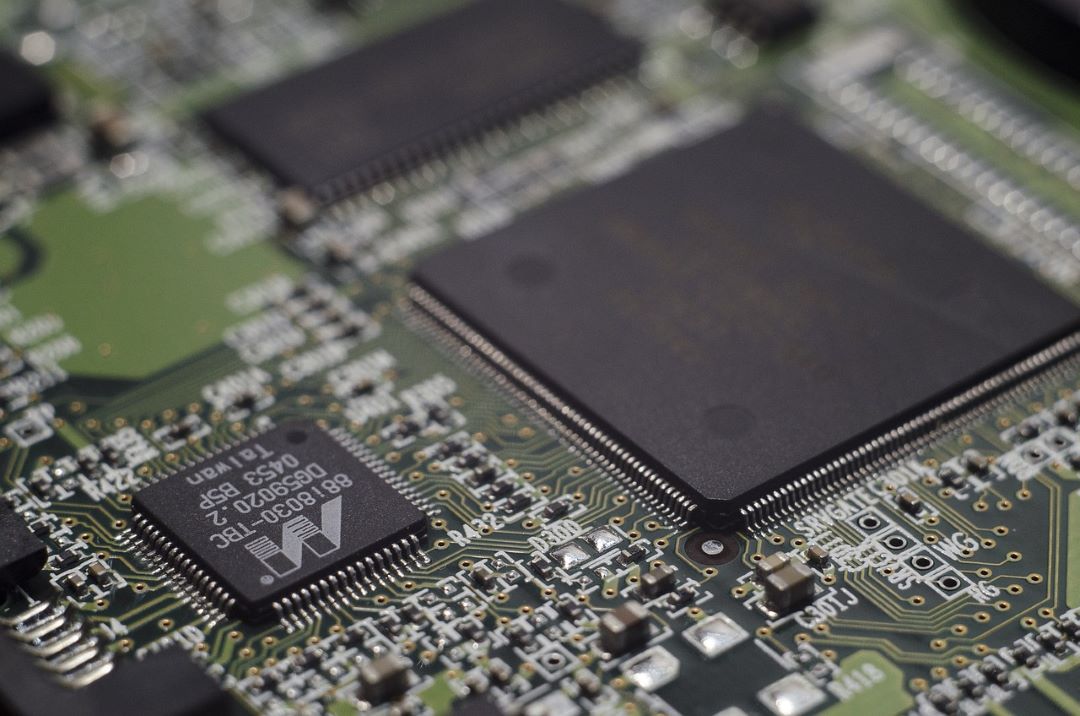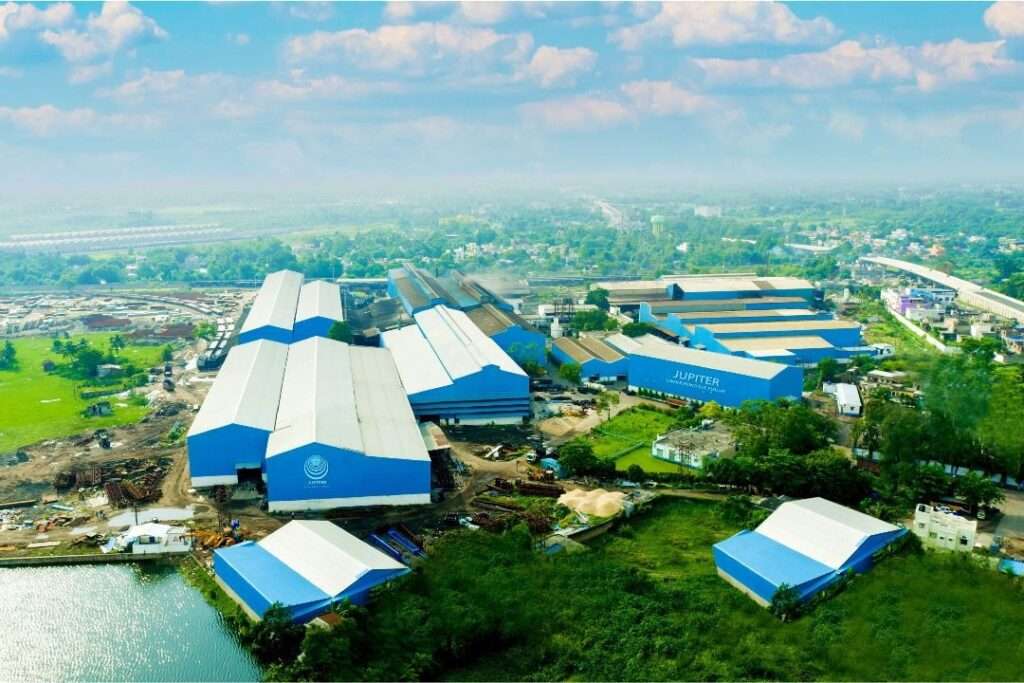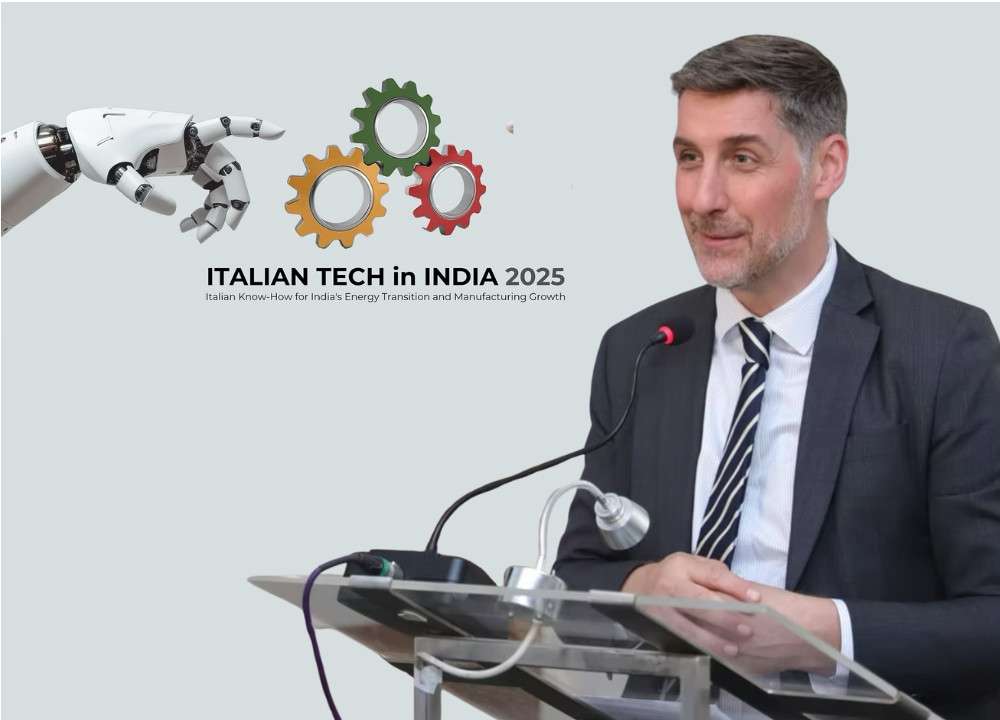The global semiconductor manufacturing industry exhibited typical seasonal performance in the first quarter of 2025, according to the Q1 2025 Semiconductor Manufacturing Monitor (SMM) report released by SEMI in collaboration with TechInsights. However, ongoing trade policy developments and shifts in global supply chain strategies are expected to introduce irregularities in the seasonality of certain industry segments over the remainder of the year.
Electronics and integrated circuit (IC) sales in Q1 2025 remained largely unaffected by newly introduced tariffs. Electronics sales declined by 16% quarter-over-quarter (QoQ) and remained stable year-over-year (YoY), in line with traditional seasonal behavior. IC sales recorded a 2% QoQ contraction but increased by 23% YoY, reflecting sustained investment in artificial intelligence (AI) and high-performance computing infrastructure.
Clark Tseng, Senior Director of Market Intelligence at SEMI, stated: “Although the direct impact of new tariffs was not observed in Q1 2025, the uncertainty surrounding global trade policies is leading to divergent corporate responses, including accelerated shipments and deferred investments. This dynamic may result in atypical seasonality through the remainder of the year.”
Semiconductor capital expenditures (CapEx) declined by 7% QoQ but expanded by 27% YoY, supported by investment in advanced logic, high-bandwidth memory (HBM), and packaging technologies for AI-related applications. Memory-specific CapEx increased by 57% YoY, while non-memory CapEx rose by 15% YoY, indicating continued emphasis on technological advancement and production capacity expansion.
Wafer fabrication equipment (WFE) spending grew 19% YoY in Q1 2025 and is projected to rise an additional 12% in Q2. The increase is attributed to elevated demand for logic and memory components essential to AI adoption. Test equipment billings surged by 56% YoY in Q1 and are expected to grow 53% in Q2, in response to the rigorous performance requirements of AI and HBM devices. Assembly and packaging equipment also experienced double-digit YoY growth, driven by demand for higher-density integration and advanced packaging solutions.
Boris Metodiev, Director of Market Analysis at TechInsights, commented: “WFE market expansion is being supported by public-sector investment and advancements in semiconductor technologies, particularly those enabling AI. However, continued geopolitical instability, including export controls and tariffs, represents a potential constraint on this growth trajectory.”
Global installed wafer fabrication capacity increased to over 42.5 million wafers per quarter (300mm equivalents), marking a 2% QoQ and 7% YoY rise in Q1 2025. China remained the leading region in capacity expansion, though the pace of growth is projected to decelerate. Japan and Taiwan recorded the strongest quarterly capacity increases, driven by investment in power semiconductor production and the operational ramp-up of advanced foundry facilities, respectively.
Outlook for the remainder of 2025 indicates a possible departure from historical seasonal patterns due to trade policy shifts and realignment of supply chains. While demand for AI and data center technologies is expected to remain resilient, other market segments may experience reduced or delayed investment.
The Semiconductor Manufacturing Monitor provides comprehensive data across the global semiconductor production landscape, encompassing capital equipment investment, fabrication capacity, and component sales. The report includes quarterly data for two years, forward-looking analysis, and performance insights for key market participants including integrated device manufacturers (IDMs), fabless firms, foundries, and outsourced semiconductor assembly and test (OSAT) providers.
SEMI is the global industry association representing more than 3,000 member companies and 1.5 million professionals across the semiconductor and electronics manufacturing ecosystem. The organization facilitates industry collaboration through initiatives in policy advocacy, workforce development, sustainability, and supply chain management. SEMI also provides platforms for market intelligence, standardization, and business development through its global SEMICON events and technical communities.








